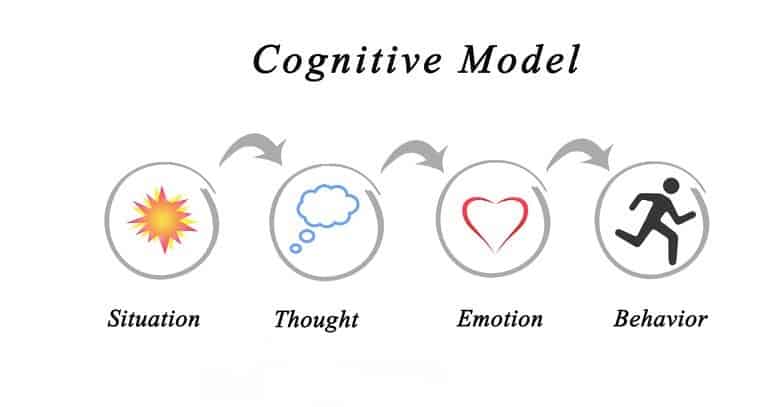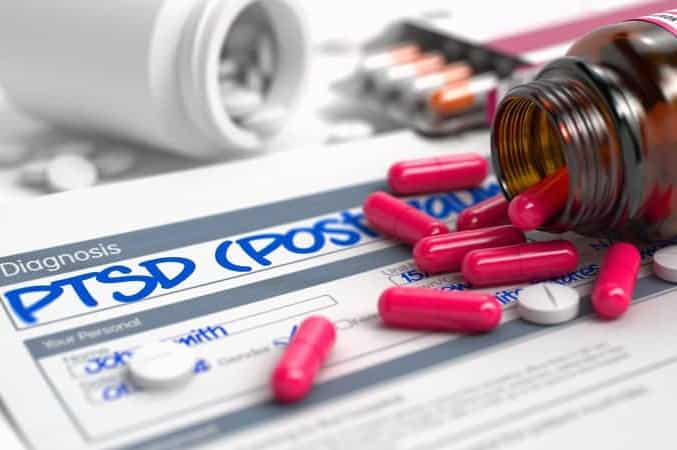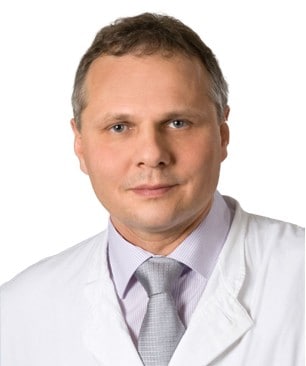PTSD treatment. Introduction

Post-traumatic stress disorder (PTSD) develops in people exposed to traumatic life-threatening events. It can develop not only in people directly harmed by trauma but also those witnessing such events by other individuals, especially those emotionally closed to them. One of the triggering factors for PTST is the survivor’s guilt. Also, soldiers who killed the enemy might develop PTSD due to the perpetrator trauma
The step preliminary to treatment of PTSD is diagnostic helping to exclude other psychiatric conditions appearing with symptoms similar to PTSD.
The diagnostic measures start with psychiatric evaluation, physical exam, and laboratory test. In the second step a thorough, psychological interview follows. In some cases, the psychometric testing might be indicated to secure the diagnosis.
The treatment of choice for PTSD is psychotherapy. The most effective psychotherapy methods for PTSD are CBT, EMDR or trauma focus psychotherapy. In some cases, especially those resistent to CBT the psychodynamic psychotherapy is indicated.
Within four weeks after the appearance of the symptoms the use of medication in the therapy for PTSD is not recommended, except the more severe cases. Combination of psychotherapy and pharmacotherapy (use of medication) in treatment for PTSD can improve the positive therapy outcome. The main goal of psychotherapy for PTSD is teaching the patients technics helping him to address the symptoms.
PTSD is frequently associated with other psychiatric diagnosis. The most frequent are depression, anxiety, and alcohol or drugs dependency. The combination of PTSD with other psychiatric disorders requires more complex therapy plan, wich usually extends the duration of the treatment.

Trauma-focused psychotherapy
TFP is the most effective evidence-based treatment for PTSD. “Trauma-focused” means that treatment focuses on the memory of the traumatic event and their associations. The three most effective forms of trauma-focused psychotherapy are: Eye Movement Desensitization and Reprocessing (EMDR) followed by two cognitive-behavioral therapy technics: Cognitive Processing Therapy (CPT) and Prolonged Exposure (PE).
Eye Movement Desensitization and Reprocessing (EMDR)
EMDR, is using sounds and hand movements while talking about trauma. This helps the brain process trauma memories. Eye movement desensitization and reprocessing (EMDR) is a form of psychotherapy developed and studied by Francine Shapiro. This is a technique which uses eye movements to facilitate the emotional processing of memories. EMDR helps the brain deal with flashbacks and “unwind” the destructive effect of traumatic experiences. It changes the person’s memory to attend to more adaptive information.
Cognitive model of CBT (Cognitive-Behavioral Therapy)

Cognitive-behavioral therapy (CBT) is based on the idea that people internally interpret situations, thoughts, and emotions differently. Such misinterpretation activates protective mechanisms that cause patients to act out, through avoidance and social isolation.
CBT used in the treatment of PTSD tries to change the way a trauma victim feels and acts by influencing his patterns of thinking and behaviour. It uncovers the negative emotions, helping the individual to identify thoughts and feelings making him feel afraid.
Examples of CBT
The cognitive-behavioral therapy for PTSD might use exposure therapy, stress-inoculation training, cognitive processing therapy, behavioral activation and acceptance and commitment therapy. Many of these therapy methods have demonstrated success in treating the primary problems of PTSD and co-occurring depressive symptoms. Exposure therapy is a type of cognitive behavioral therapy that involves assisting trauma survivors to re-experience distressing trauma-related memories. The goal is to remind and to facilitate habituation and successful emotional processing of those memory. Exposure therapy programs include different technics. One of them is an imaginal confrontation with the traumatic memories. The other real-life exposure to trauma reminders.
Short-term treatment typical of CBT is often the only option in military settings. This attitude with limited treatment time greatly reduces the chances of recovery.
Prolonged Exposure (PE)
The prolonged Exposure (PE) therapy involves repetitive talking about the trauma until the memory is no longer a hindrance. This gives the patient more control over his trauma related thoughts and feelings, It helps to bring the traumatic memories to “the light”, making them conscious and decreasing their destructive effect.
Cognitive Processing Therapy (CPT)
CPT belongs to cognitive-behavioral therapy technics described below. Along with EMDR and PE, CPT, is the most effective evidence-based psychotherapy for PTSD. CPT focuses on thoughts and emotions caused by the traumatic events. It builds a bridge between bodily sensations and the associated thoughts and feelings. It helps to understand how the trauma changes feelings, thought and behaviour relieving the person from the vicious circle triggered by the event.
PTSD treatment with psychodynamic psychotherapy
The CBT it’s the most well-researched PTSD treatment method, but it doesn’t help all patients. In some cases, the psychodynamic psychotherapy is the more effective method. CBT as therapeutic technique owes its roots to psychoanalytical psychotherapy. The conducted studies shown that psychodynamic psychotherapy (counselling) can have several benefits. It is more effective for the individuals who were the victims of violence. The other group of patients responding good to psychodynamic psychotherapy are the perpetrators.
Methods of in-depth therapy in the PTSD treatment
Psychodynamic psychotherapy (counselling) places a large emphasis on the exploration of the unconscious. The main approach of the psychodynamic psychotherapy is uncovering and making conscious the hidden upsetting feelings, and thoughts. Such suppressed and unconscious content influences the patient’s current behaviour. That’s why the psychodynamic psychotherapy focuses not only on the encapsulated trauma content but also on the current conflicts with roots in the past.
Trauma awareness
Trauma patients need to develop an awareness of their suffering, which helps them gradually incorporate the traumatic experience. Reducing the intensity of the underlying tension leads to symptom reduction. The PTSD symptom reduction or even healing happens trough bringing the unconscious feelings to light and making them conscious. In consequence the psychodynamic psychotherapy employs the ego (the conscious part of the psyche) in understanding the cause and its effect.
Group Therapy. Treating PTSD with Interpersonal Psychotherapy
Interpersonal Psychotherapy is an effective group therapy treatment for PTSD involving meeting with a group of other people sharing the same, or a similar traumatic event. It is easier to talk about traumatic events with other people who have been through a similar experience. An open trial of interpersonal psychotherapy reported high rates of remission from PTSD symptoms without using exposure.
Medication in PTSD treatment

The use of medication for PTSD treatment is not the first method of choice. However, the use of anti-depressants can be effective especially in the treatment of severe and/or residual PTSD and by co-existing psychiatric comorbidities such as depression. In such cases Selective serotonin reuptake inhibitors (SSRIs) and serotonin-norepinephrine reuptake inhibitors (SNRIs) are helpful in reducing the strength of the PTSD symptoms.
What is causing PTSD? Read more
PTSD, recollection of facts. Read more

DR. GREGOR KOWAL
Senior Consultant in Psychiatry,
Psychotherapy And Family Medicine
(German Board)
Call +971 4 457 4240
